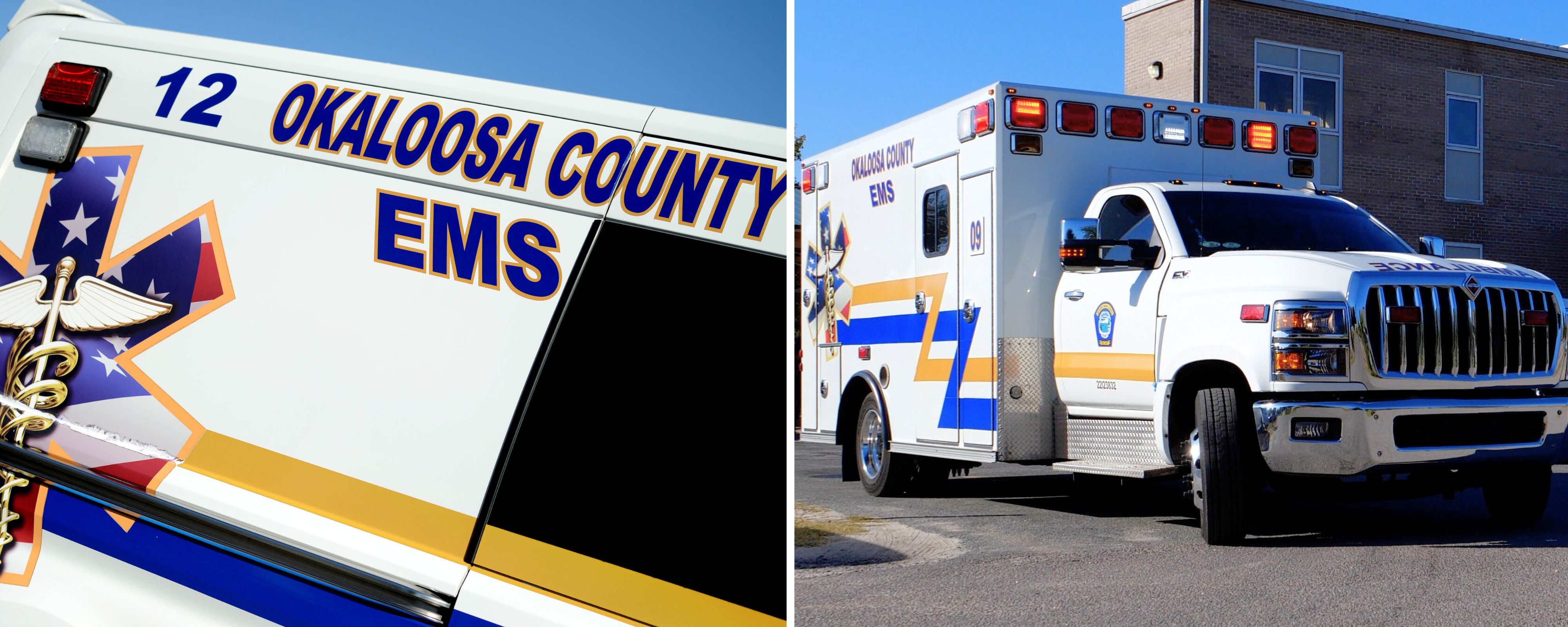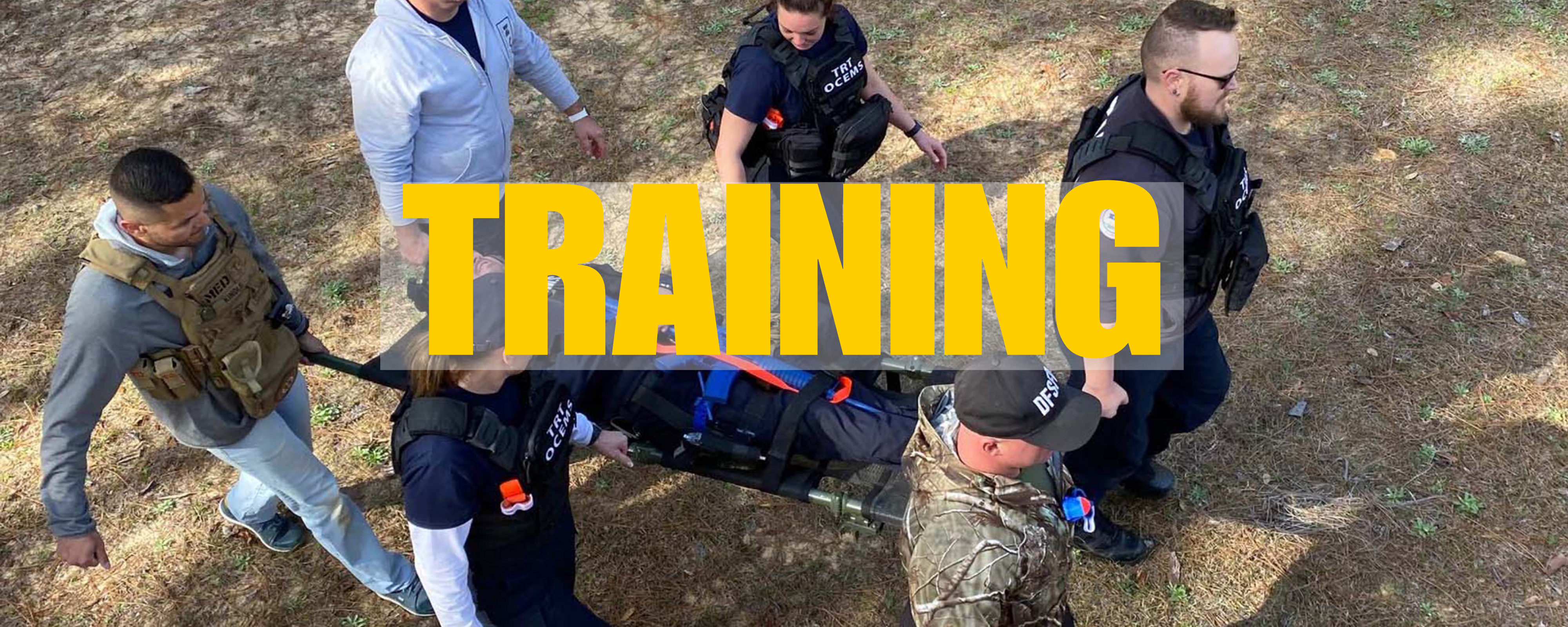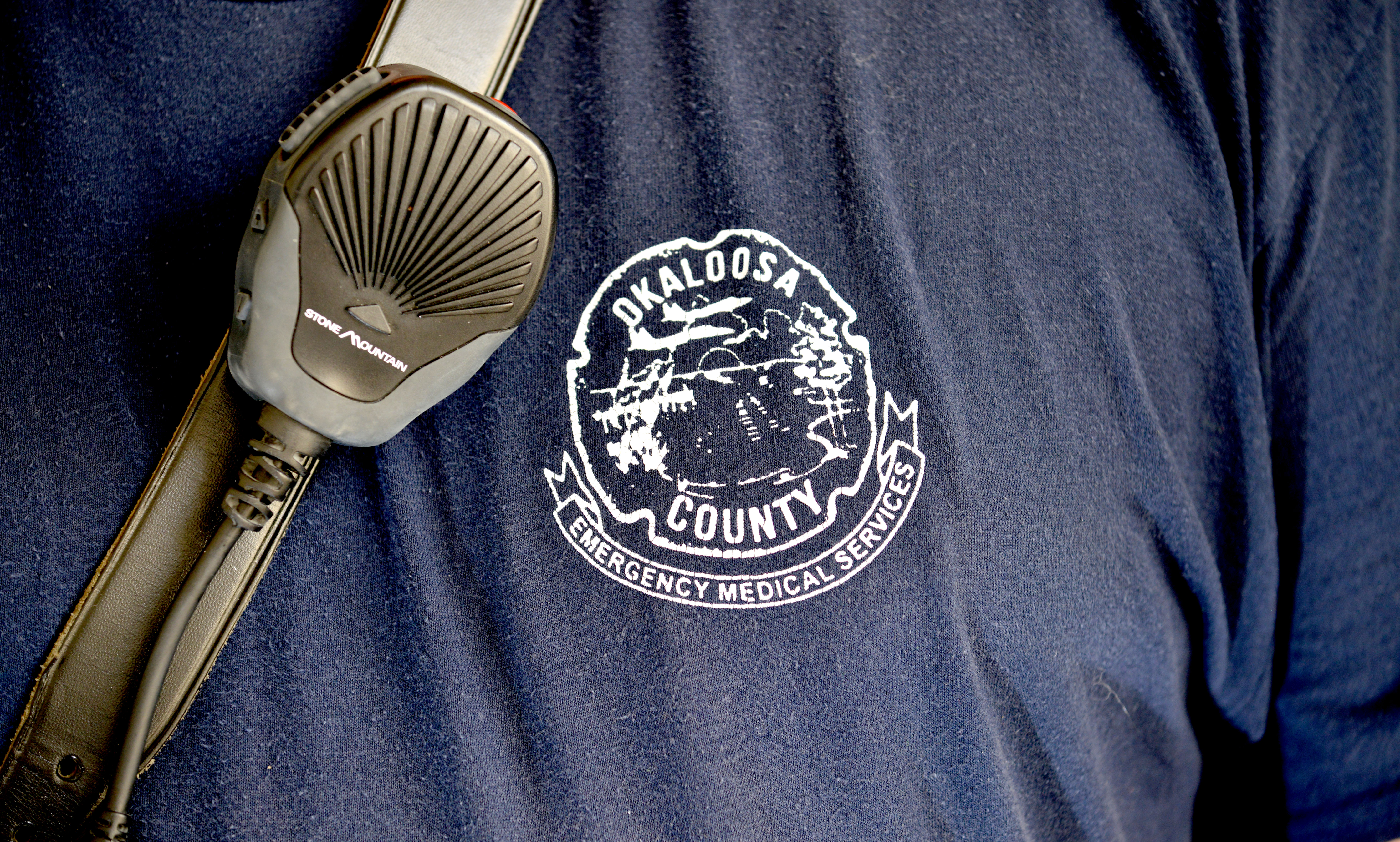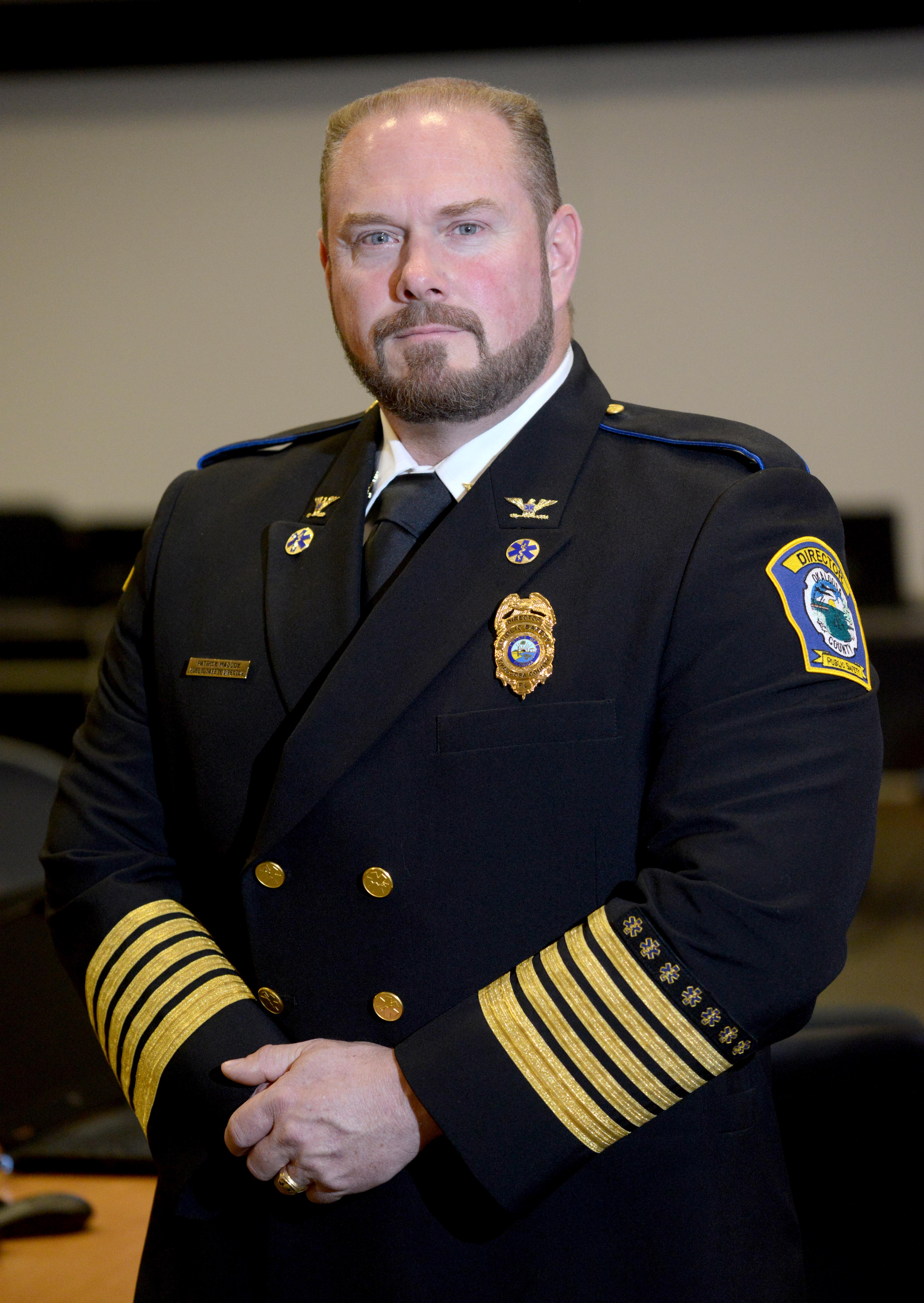Emergency Medical Services (EMS)
This course is intended for healthcare professionals who either direct or participate in the management of cardiopulmonary arrest or other cardiovascular emergencies and for personnel in emergency response and need to complete a refresher course to renew their ACLS provider card.
The ACLS course teaches:
- Basic life support skills, including effective chest compressions, use of a bag-mask device, and use of an AED
- Recognition and early management of respiratory and cardiac arrest
- Recognition and early management of peri-arrest conditions such as symptomatic bradycardia
- Airway management
- Related pharmacology
- Management of ACS and stroke
- Effective communication as a member and leader of a resuscitation team
After successful completion of this course, you will receive a course completion card that is valid for 2 years. Your card will be promptly sent to you via your provided email address (usually the same day as your course!).
The AHA’s BLS Course is designed for healthcare professionals and other personnel who need to know how to perform CPR and other basic cardiovascular life support skills in a wide variety of in-facility and prehospital settings.
The Basic Life Support for Healthcare Providers class provides information on adult, pediatric and infant CPR, including two-rescuer scenarios and use of the bag-valve mask. The class also covers automated external defibrillation for adults and children, foreign-body airway obstruction (conscious and unconscious), special resuscitation situations, and other cardiopulmonary emergencies.
Upon successful completion of this course, you will receive a course completion card that is valid for 2 years. Cards will be sent to you via your provided email address (usually before the end of the day of your class!).
NOTE: If you currently have an AHA BLS for Healthcare Provider card and are needing to renew, you will likely want to attend one of our BLS Refresher courses.
This course is a refresher course and is designed for those that have a valid AHA BLS card and need to complete a refresher course to renew.
This course is designed for healthcare professionals and other personnel who need to know how to perform CPR and other basic cardiovascular life support skills in a wide variety of in-facility and prehospital settings.
The BLS for Healthcare Providers class provides information on adult, pediatric and infant CPR, including two-rescuer scenarios and use of the bag-valve mask. The class also covers automated external defibrillation for adults and children, foreign-body airway obstruction (conscious and unconscious), special resuscitation situations, and other cardiopulmonary emergencies.
Upon successful completion of this course, you will receive a course completion card that is valid for 2 years. Cards will be sent to you via your provided email address (usually before the end of the day of your class!).
The American Heart Association (AHA) Pediatric Advanced Life Support (PALS) refresher course is designed for healthcare providers who respond to emergencies in infants and children and for personnel in emergency response, emergency medicine, intensive care and critical care units. This refresher course is for individuals who have already taken and completed an AHA PALS course and need to complete a refresher course for a renewed card.
The PALS Provider Course aims to improve outcomes for pediatric patients by preparing healthcare providers to effectively recognize and intervene in patients with respiratory emergencies, shock, and cardiopulmonary arrest by using high‐performance team dynamics and high‐quality individual skills. The course includes a series of case scenario practices with simulations that reinforce important concepts. Upon successful completion of all the patient cases, students must pass the multiple-choice exam with a minimum score of 84%.
After successfully completing this course, students will be able to
- Perform high‐quality cardiopulmonary resuscitation (CPR) per American Heart Association (AHA) basic life support (BLS) recommendations
- Differentiate between patients who do and do not require immediate intervention
- Recognize cardiopulmonary arrest early and begin CPR within 10 seconds
- Apply team dynamics
- Differentiate between respiratory distress and failure
- Perform early interventions for respiratory distress and failure
- Differentiate between compensated and decompensated (hypotensive) shock
- Perform early interventions for the treatment of shock
- Differentiate between unstable and stable patients with arrhythmias
- Describe clinical characteristics of instability in patients with arrhythmias
- Implement post–cardiac arrest management
Upon successful completion of this course, you will receive a course completion card that will be valid for 2 years. Your card will be sent to you via your provided email address (usually the same day you complete the course!).
NAEMT's Prehospital Trauma Life Support (PHTLS) is recognized around the world as the leading continuing education program for prehospital emergency trauma care. The mission of PHTLS is to promote excellence in trauma patient management by all providers involved in the delivery of prehospital care. PHTLS is developed by NAEMT in cooperation with the American College of Surgeons' Committee on Trauma. The Committee provides the medical direction and content oversight for the PHTLS program.
PHTLS courses improve the quality of trauma care and decrease mortality. The program is based on a philosophy stressing the treatment of the multi-system trauma patient as a unique entity with specific needs. PHTLS promotes critical thinking as the foundation for providing quality care. It is based on the belief that, given a good fund of knowledge and key principles, EMS practitioners are capable of making reasoned decisions regarding patient care. The course utilizes the internationally recognized PHTLS textbook and covers the following topics:
- Physiology of life and death
- Scene assessment
- Patient assessment
- Airway
- Breathing, ventilation and oxygenation
- Circulation, hemorrhage and shock
- Patients with disabilities
- Patient simulations
PHTLS is the global gold standard in prehospital trauma education and is taught in 64 countries. PHTLS is appropriate for EMTs, paramedics, nurses, physician assistants, physicians, and other prehospital providers. PHTLS is accredited by CAPCE and recognized by NREMT.
The 2nd edition of NAEMT's Tactical Emergency Casualty Care (TECC) course teaches EMS practitioners and other prehospital providers how to respond to and care for patients in a civilian tactical environment.
The course presents the three phases of tactical care and integrates parallel EMS nomenclature:
- Hot Zone/Direct Threat Care that is rendered while under attack or in adverse conditions.
- Warm Zone/Indirect Threat Care that is rendered while the threat has been suppressed but may resurface at any point.
- Cold Zone/Evacuation Care that is rendered while the casualty is being evacuated from the incident site.
The 16-hour classroom course includes all new patient simulations and covers the following topics:
- Hemorrhage control including immediate action drills for tourniquet application throughout the course;
- Complete coverage of the MARCH assessment;
- Surgical airway control and needle decompression;
- Strategies for treating wounded responders in threatening environments;
- Caring for pediatric patients;
- Techniques for dragging and carrying victims to safety; and
- A final, mass-casualty/active shooter event simulation.
NAEMT's TECC course is endorsed by the American College of Surgeons Committee on Trauma, is consistent with the current guidelines established by the Committee on TECC (Co-TECC), and meets all of the updated National Tactical Emergency Medical Support Competency Domains. This course is accredited by CAPCE for 16 hours of continuing education credit, and recognized by NREMT.
NAEMT is a recognized education partner of the Co-TECC. The Co-TECC establishes guidelines for the provision of prehospital care to injured patients during a tactical incident. The Co-TECC neither creates curriculum for the prehospital provider, nor does it endorse the curriculum of other organizations.
First on the Scene (FOTS), developed by NAEMT and the International Association of Fire Chiefs (IAFC), is designed to teach the general public basic emergency response to life-threatening emergencies until EMS arrives on the scene. Through lesson presentations and hands-on skill stations, participants will learn how to access help in the event of a life-threatening emergency and what to do until EMS arrives.
This course covers:
- Activating the 911 system
- Hands-only CPR and AED
- Administering naloxone
- Administering epinephrine
- Responding to life-threatening bleeding
- Penetrating chest trauma
- Moving patients to safety
- Positioning injured patients
This course is intended for individuals who want to know what to do if they encounter an emergency. It is NOT intended for those that require a First Aid/CPR certification/card for employment. If you need First Aid/CPR for your employer, we recommend the AHA Heartsaver First Aid with CPR & AED course.
The American Heart Association’s (AHA) Heartsaver First Aid CPR AED course trains participants to provide first aid, CPR, and use an automated external defibrillator (AED) in a safe, timely, and effective manner. This course reflects science and education from the American Heart Association Guidelines Update for CPR and Emergency Cardiovascular Care (ECC).
Who should take this course? The AHA’s Heartsaver First Aid CPR AED Course is designed for anyone with little or no medical training who needs a course completion card for their job, regulatory (e.g., OSHA), or other requirements, or anyone who wants to be prepared for an emergency in any setting.
What does this course teach?
- First aid basics
- Medical emergencies
- Injury emergencies
- Environmental emergencies
- Preventing illness and injury
- Adult CPR and AED use
- Opioid-associated life-threatening emergencies
- Optional modules in Child CPR AED and Infant CPR
Upon the successful completion of this course, participants will earn a course completion card that will be valid for 2 years. The cards will be sent electronically to your provided email shortly after the completion of the course--usually by the end of the day of your course (no long wait for your card!).
This course is a video-based, instructor-led course that teaches adult and child CPR and AED use, infant CPR, and how to relieve choking in adults, children, and infants. This course teaches skills with the AHA’s research-proven practice-while-watching technique, which allows instructors to observe the students, provide feedback, and guide the students’ learning of skills.
Is AHA Heartsaver CPR AED the right course for me?
Heartsaver CPR & AED is geared for anyone with limited or no medical training who needs a course completion card in CPR and AED use to meet job, regulatory, or other requirements. Upon successful completion of the course, students receive a course completion card, valid for two years. Please contact your employer to ensure that you are selecting the correct course.
What does this course teach?
- Describe how high-quality CPR improves survival
- Explain the concepts of the Chain of Survival
- Recognize when someone needs CPR
- Perform high-quality CPR for an adult
- Describe how to perform CPR with help from others
- Give effective breaths using mouth-to-mouth or a mask for all age groups
- Demonstrate how to use an AED on an adult
- Perform high-quality CPR for a child*
- Demonstrate how to use an AED on a child*
- Perform high-quality CPR for an infant*
- Describe when and how to help a choking adult or child
- Demonstrate how to help a choking infant*
*Child and infant modules are optional.
Upon the successful completion of this course, participants will earn a course completion card that will be valid for 2 years. The cards will be sent electronically to your provided email shortly after the completion of the course--usually by the end of the day of your course (no long wait for your card!).
The American Heart Association’s (AHA) Heartsaver Pediatric First Aid CPR & AED course trains participants how to respond to and manage illnesses and injuries in a child or infant in the first few minutes until professional help arrives. This course reflects science and education from the American Heart Association Guidelines Update for CPR and Emergency Cardiovascular Care (ECC) and the 2015 AHA/Red Cross Guidelines for First Aid.
Who should take this course?
The AHA Heartsaver Pediatric First Aid CPR AED Course is designed for anyone involved in childcare who have a duty to respond to illnesses and injuries in a child or infant in the first few minutes until professional help arrives. This typically includes childcare workers, teachers, camp counselors, baby sitters, etc. Please contact your employer to ensure that you are selecting the correct course.
What does this course teach?
- First aid basics including medical, injury, poison, and environmental emergencies
- Preventing illnesses and injuries
- Controlling bleeding & bandaging
- CPR, AED use, and choking for children and infants (adult CPR optional)
This course covers topics like using a tourniquet, shock, internal bleeding, burns and electrical injuries, allergic reactions, breathing problems & dehydration, diabetes & low blood sugar, heat-and cold-related emergencies, drowning, amputations, bites and stings, broken bones and sprains. Also covers splinters, nose bleeds, fainting, seizures, and injuries to the head, eyes, neck, spine, mouth, and teeth.
Upon the successful completion of this course, participants will earn a course completion card that will be valid for 2 years. The cards will be sent electronically to your provided email shortly after the completion of the course--usually by the end of the day of your course (no long wait for your card!).




